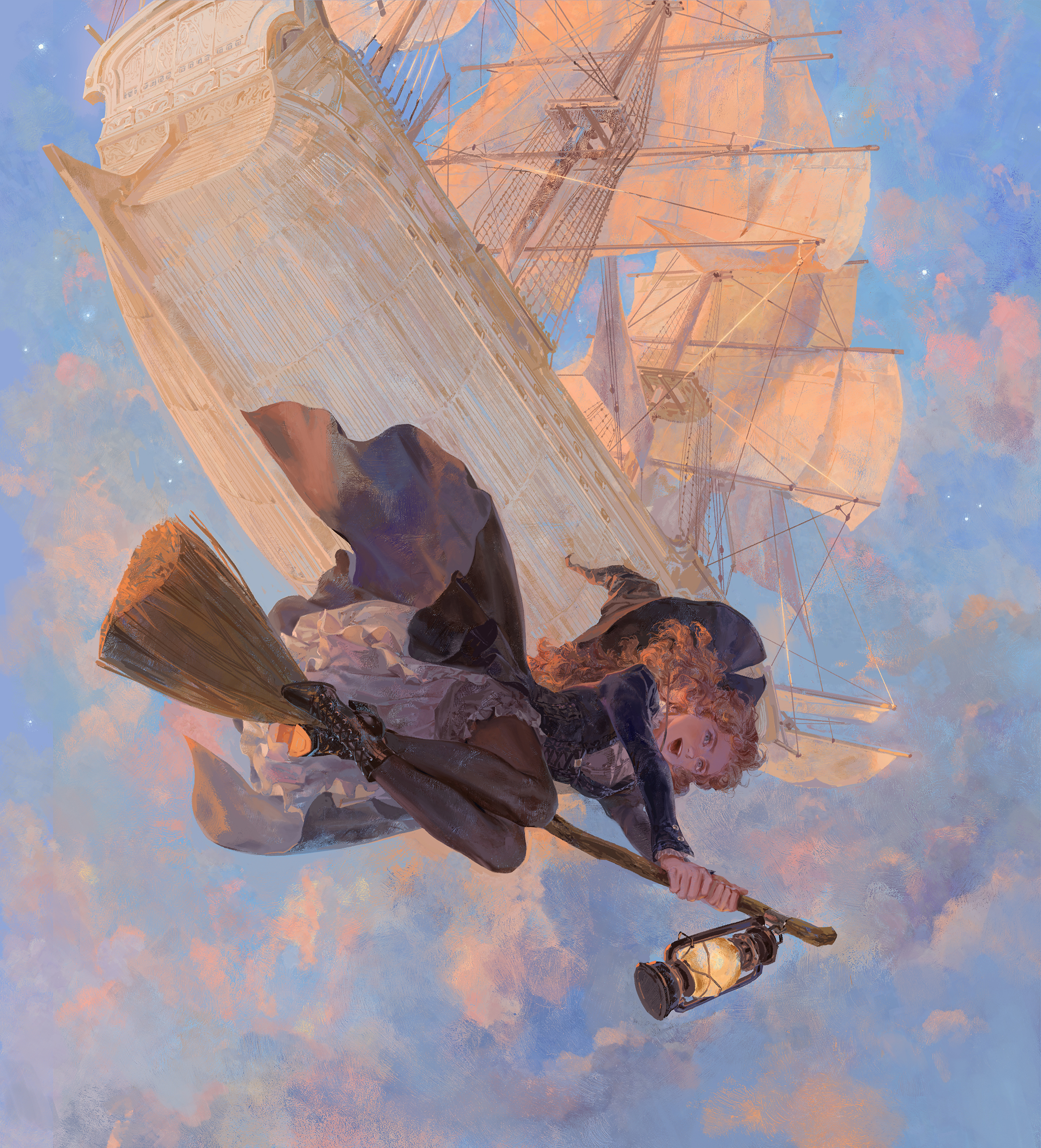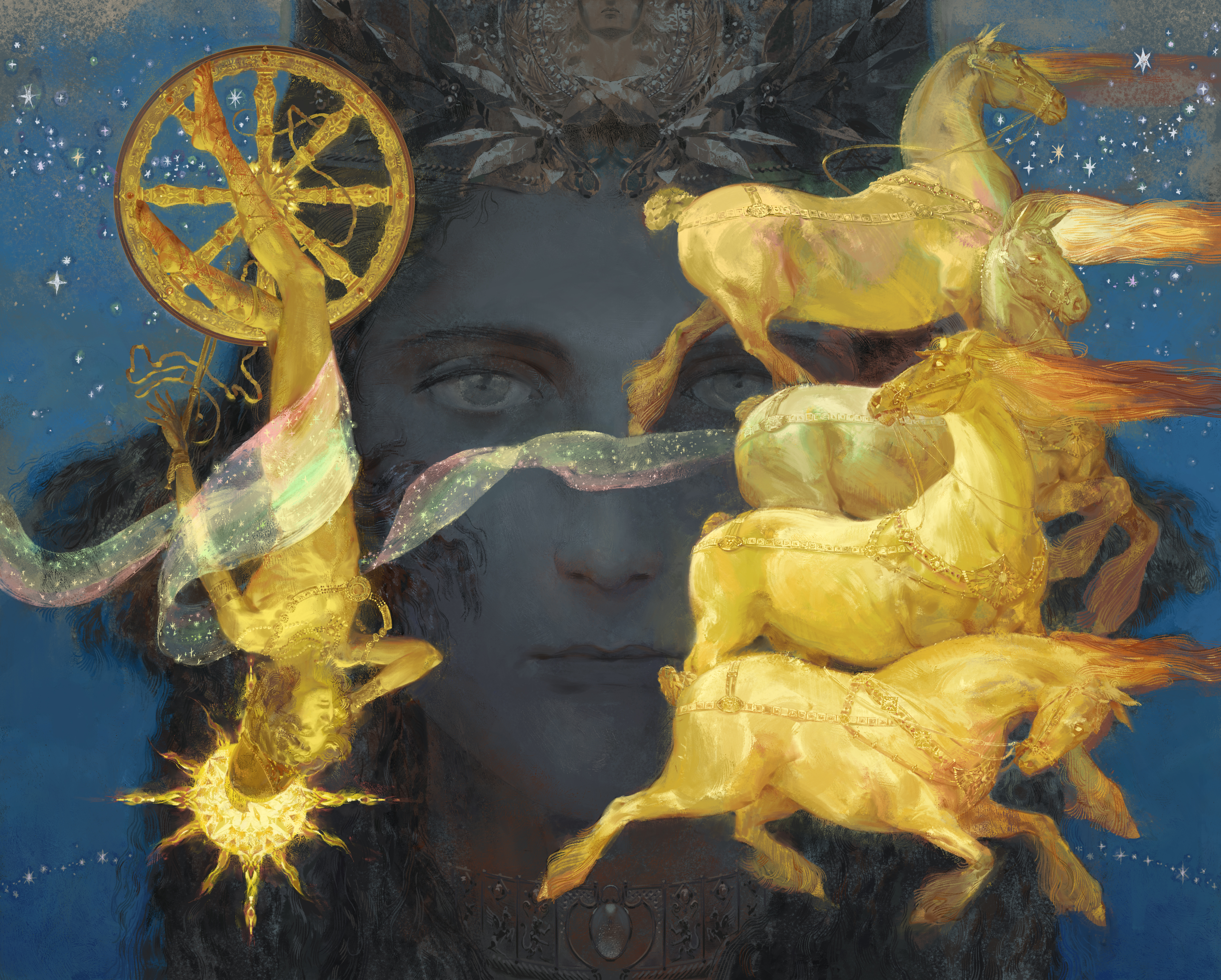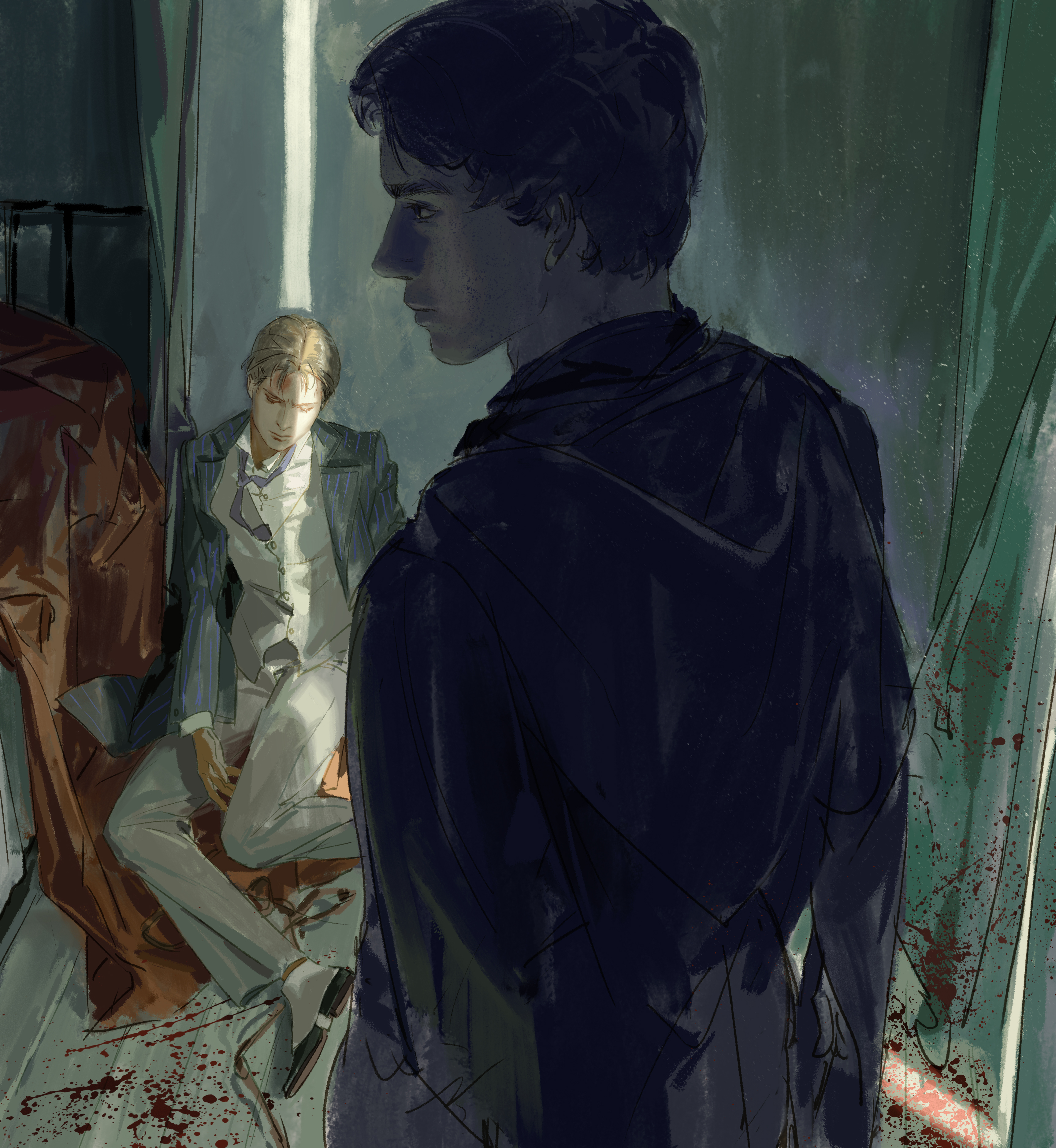无我相 The Form of Anātman -Illustration Gallery
[PUBLISHED] October. 2021
Cooperation Project ~ Team Leader
(responsible for 95% illustration work and 90% character design)
Book designer: ZHUO, Yu
80735·1930

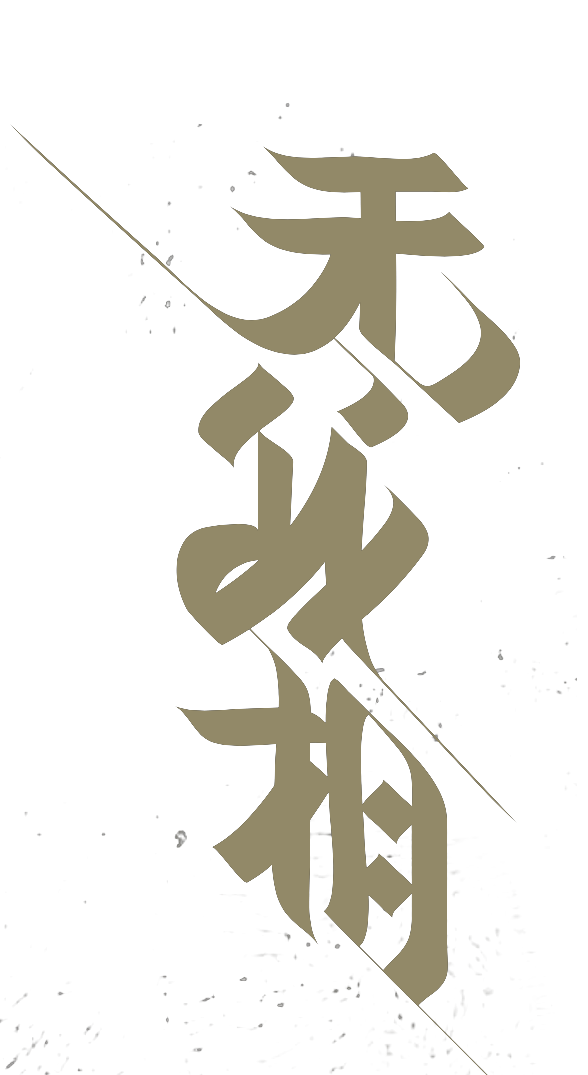
BUY THIS BOOK / Taobao: 遇一蝉


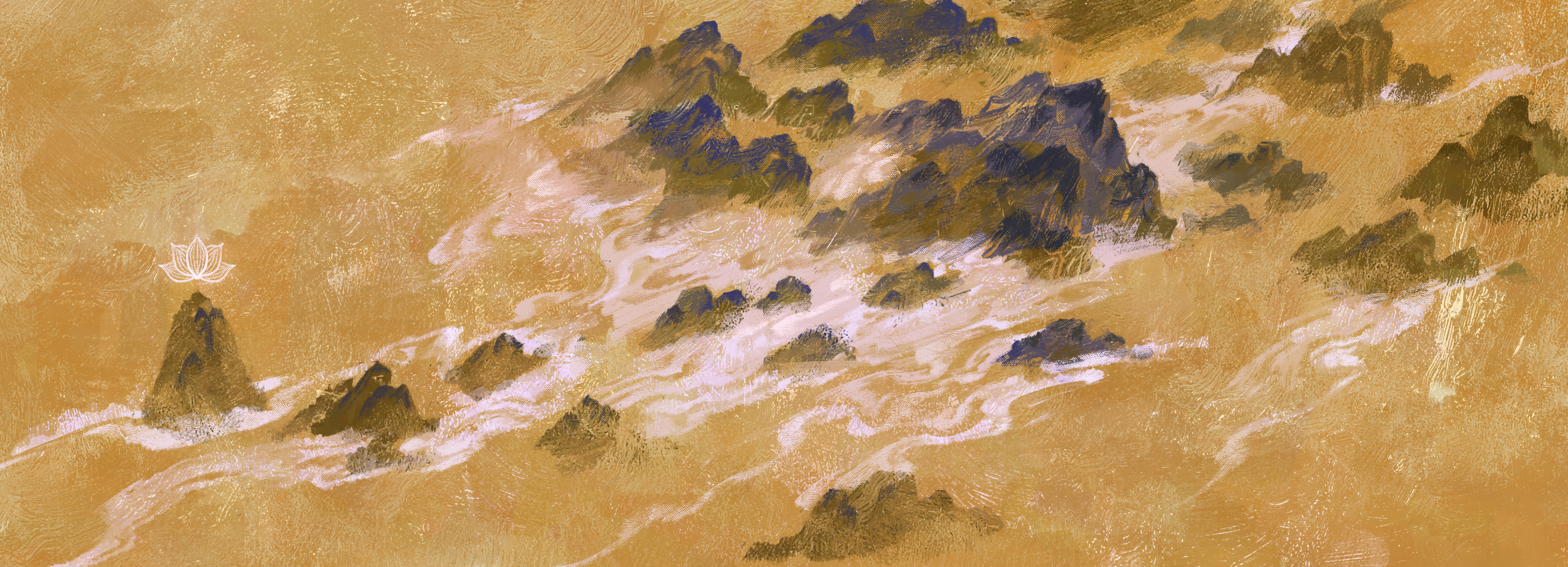












In the process of character design and finding my art style, I was mostly inspired by the painted sculptures in Shuangling Temple in Pingyao, Dahui Temple in Peking, and those kept in Dunhuang, which date respectively back to the Tang Dynasty and Ming Dynasty——two periods that contextualize the story of Xuanzang and the life of Wu Cheng’en, the author. In addition, I have also taken in artistic and structural inspirations from the fresco paintings of Dunhuang.

Buddhism as an artistic theme grants me the freedom of self-expression, using different drawing methods and techniques, and this was the first time I managed to incorporate Buddhism in my art works in a systematic way. Chinese history witnessed the spread and development of Buddhism, including the integration of Indian art and ancient Chinese art and the fusion of other crafts, which leads to a rich reservoir of artistic styles and manners across time and space for reference. I try to build a ‘sphere’ in my illustration to help convey the strangeness, solemnity and a sense of deterrence of those Buddhist characters to the audience while preserving the serene and the humane parts.

I changed every constructive element of art in each of these illustrations in order to put emphasis on the numerous characteristics of the gods and Buddha in the text. I based my illustrations either on the plots of The Journey to the West or the related stories and texts in Buddhism classics.
Details are key to the character design and I attempt to apply one single element in detailed ways to bring every detail together. For example, I match Dhatarattha with the Chinese lute, the iconic musical instrument he carries, and apply the same element in the character design: his slim body and the flying ribbons symbolize the long strings of the Chinese lute. The carved parts on the ridge of his robe and the patterns on his chest refer to the Five-stringed biwa lute of shitan with mother-of-pearl inlay kept by Shosoin Depository in Japan.
It is important for me to emphasise the experimental and revolutionary parts in this series of illustrations. I intend to play with the elements I know less of and the materials hard to present in illustration while keeping in mind the classic set of colors and modelling of the Dunhuang frescos.







